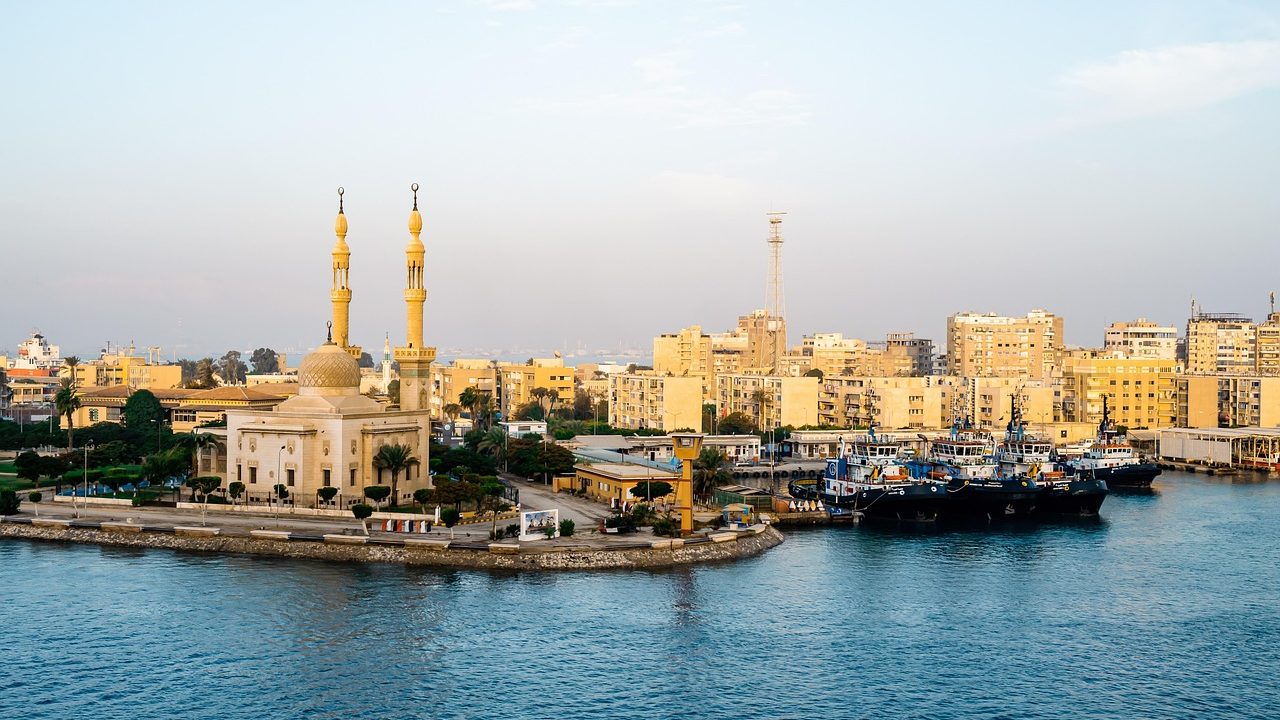In today’s interconnected world, shipping remains the backbone of global trade, with over 80% of international goods transported by sea. Among thousands of maritime corridors, a few stand out as the busiest shipping routes, vital for the flow of oil, consumer goods, and raw materials. Here’s a look at the top 10 busiest shipping routes in the world that power the global economy.
1. Strait of Malacca (Asia)
Connecting the Indian Ocean to the Pacific, this route between Malaysia, Singapore, and Indonesia handles over 80,000 vessels annually, making it the world’s busiest shipping lane. It’s essential for trade between China, Japan, South Korea, and Europe.
2. Suez Canal (Egypt)
A man-made waterway linking the Mediterranean Sea with the Red Sea, the Suez Canal is a critical shortcut between Europe and Asia, saving ships from a long journey around Africa. Over 12% of global trade passes through this narrow corridor.

3. Panama Canal (Central America)
This iconic canal connects the Atlantic and Pacific Oceans through Panama. It is especially important for U.S. East-West trade and Latin American exports. Around 14,000 vessels use it annually.
4. English Channel (UK-France)
One of the most heavily used maritime passages in the world, the English Channel sees over 500 ships per day, mainly linking North Sea ports with global markets via the Atlantic.
5. South China Sea Route
This region facilitates trade between China, Vietnam, Malaysia, and the Philippines, and serves as a key link to global shipping networks. It’s one of the most disputed yet busiest areas, handling trillions in trade annually.
6. Bosporus Strait (Turkey)
Connecting the Black Sea with the Mediterranean, this narrow strait near Istanbul is vital for Russian and Eastern European energy exports.
7. Strait of Hormuz (Middle East)
A crucial chokepoint between the Persian Gulf and the Arabian Sea, the Strait of Hormuz sees nearly 20% of global oil shipments, making it one of the most geopolitically sensitive shipping routes.
8. North Sea Route (Europe)
Stretching from Rotterdam to the Baltic Sea, this corridor connects major European economies. The Port of Rotterdam, Europe’s largest, anchors much of this traffic.
9. Trans-Pacific Route
Connecting Asia (primarily China, Japan, South Korea) with North America, this route handles massive container traffic and is key to the global supply chain.
10. Cape of Good Hope Route
Though less favored post-Suez Canal, this route around South Africa remains vital for larger ships or during canal blockages, ensuring the continuity of Europe-Asia trade.
Why These Routes Matter
These routes serve as the lifelines of international commerce, enabling just-in-time delivery and supporting e-commerce, manufacturing, and energy sectors. Delays, piracy, or political instability along any of these maritime highways can lead to global supply chain disruptions and price spikes in oil, electronics, and consumer goods. For example, the Ever Given crisis in the Suez Canal in 2021 caused billions in global trade losses within days.
As global trade grows, port congestion, climate change, and geopolitical issues pose increasing threats. The shipping industry is also adapting through digitalization, green shipping initiatives, and infrastructure upgrades to keep these vital routes efficient and sustainable.
Final Thoughts
These top 10 busiest shipping routes are more than just trade lanes—they are strategic economic corridors. From Asia to Europe and the Americas, these routes define the speed, cost, and reliability of global commerce. Understanding their importance is crucial for anyone involved in logistics, supply chain management, or international business.